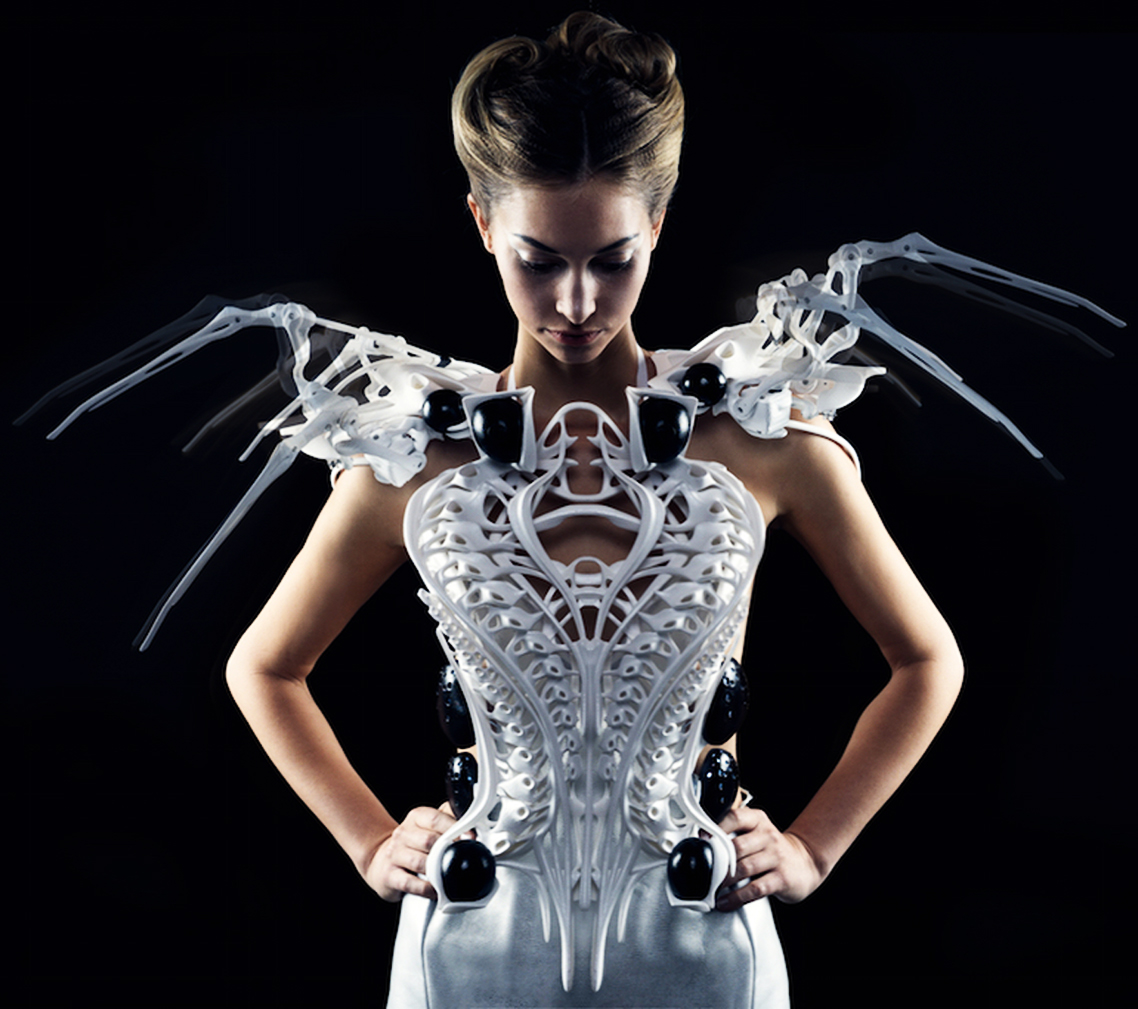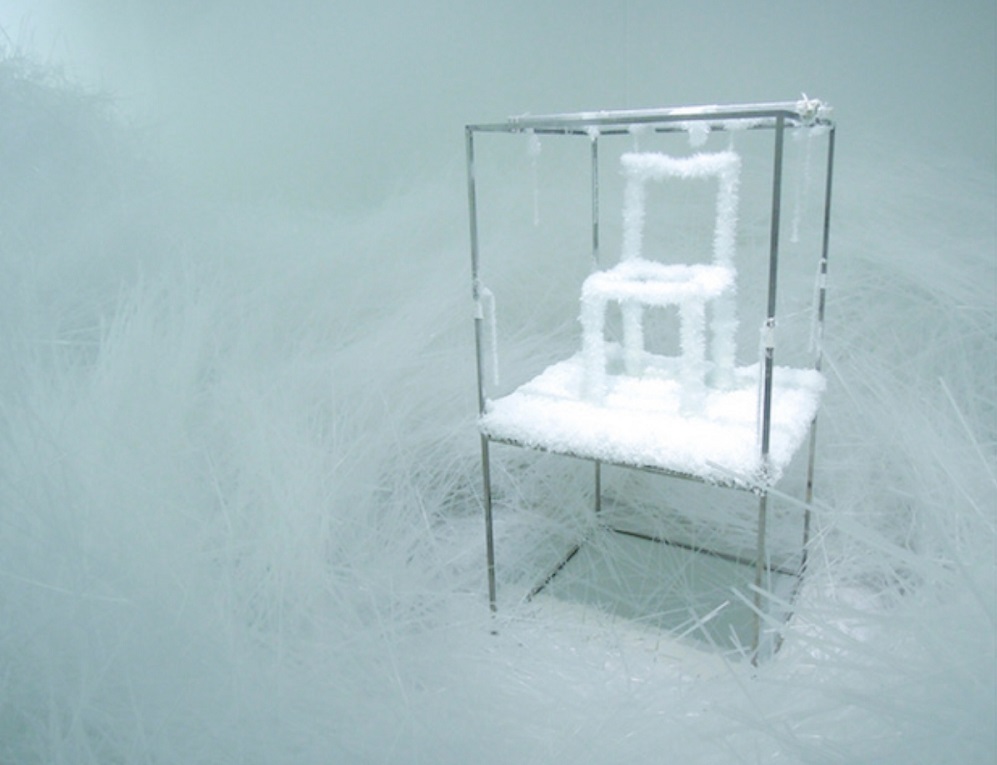


Tomas SARACENO
توماس ساراسينو
托马斯·萨拉切诺
トマスサラセーノ
Space elevator / Spark
Black polyester rope, plastic cable ties, metal frame.
Having studied as an architect, Tomas Saraceno incorporates physics, engineering, and aeronautics into his interactive and evolving artistic structures. Using arachnology, or the study of spiders, to create structures that suggest alternative ways of living, he employs tridimensional webs to better understand how unique building blocks create distinct forms. Saraceno places spiders in cubic frames and leaves them to spin webs, rotating the cubes at various intervals to introduce elements of freedom


Wyss Institute, SEAS & Boston University
Microfluidic Origami for Reconfigurable Pneumatic/Hydraulic (MORPH)
Looking to create a robot smaller than a centimeter that might someday perform precision surgery or help destroy tumors, researchers from Harvard University’s Wyss Institute and School of Engineering and Applied Sciences (SEAS), and Boston University looked to nature for inspiration, and developed a novel microfabrication technique to construct it. Their tiny robot looks like a rubbery, transparent spider — and in fact, the team modeled the form after Australia’s famously colorful and captivating peacock spider.

ANOUK WIPPRECHT AND DANIEL SCHATZMAYR
ROBOTIC SPIDER DRESS
Création de l’artiste néerlandaise Anouk Wipprecht, avec la collaboration de Daniel Schatzmayr, cette robe fait partie d’une série de robes et vêtements de style ‘fashiontech’, ou technomode en français.Après des études en design de mode et en communications, Anouk Wipprecht, qui s’intéresse à la robotique et à l’intelligence artificielle, a commencé a créé ses oeuvres d’art sous forme de robes.


SONICE DEVELOPMENT
emerging colorspace
Julian Adenauer and Michael Haas
Emerging Colorspace was a robotic drawing installation, realized by the Berlin based duo of artists, designers and inventors Julian Adenauer and Michael Haas, aka Sonice Development, as part of the Red Never Follows exhibition the Saatchi Gallery in London last summer. A new version of the studio’s Vertwalker, a machine with the ability to move on vertical surfaces, walking on buildings, and crawling on interior walls. The machine autonomously applied paint to the wall using a marker, referencing the vertical streets in Minority Report, the flying cars in Bladerunner and 5th Element, or Spiderman, the Silver Surfer and the Green Goblin – just to name a few sources of inspiration that expressed the supernatural. Thousands of lines drawn with different colors gradually formed an increasingly dense colorspace that emerged during the more than 200 exhibition hours, while the wandering behavior of the machine followed simple algorithmic rules with random elements. The result was a web that constantly changed, and never looked the same, exploring new territories and the future in a way ordinary mortals can’t.


NAIRY BAGHRAMIAN
Spider